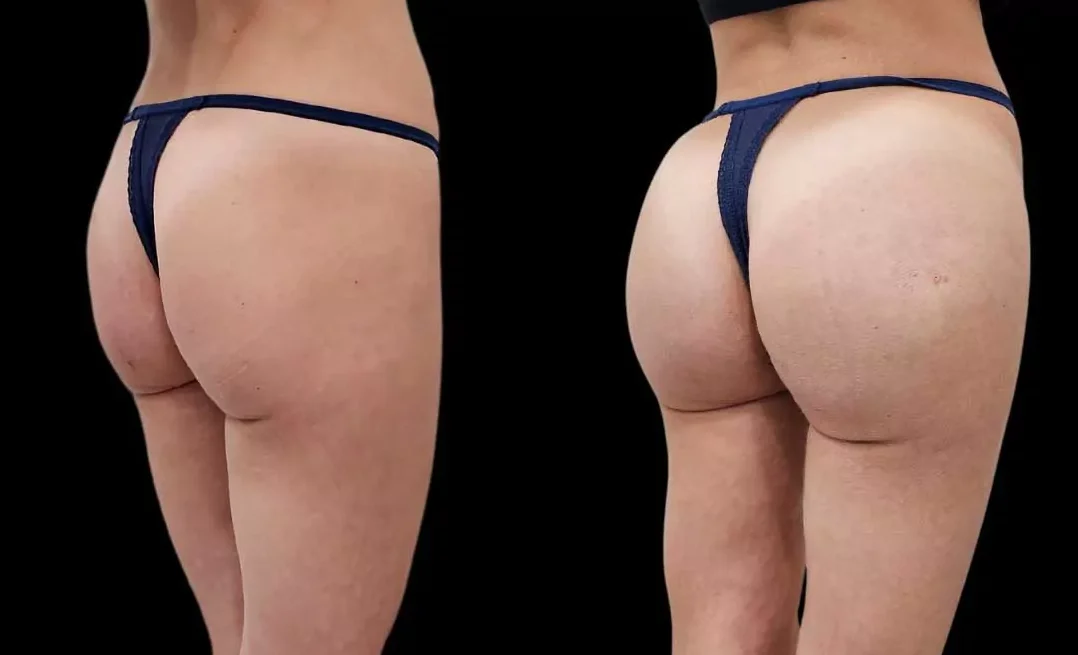
It depends on the method—not just the desire
Butt augmentation can be done with implants, fat transfer, or fillers. Each lasts differently. Implants are long-term. Fat changes with you. Fillers fade fastest. The result isn’t about what you want—it’s about what your body allows.
Implants stay in place, but may need replacement in 10–15 years. Fat transfer depends on how much survives. Fillers dissolve over months. The timeline varies. Not all results fade the same way.
Lasting change requires more than one session—it requires planning, patience, and maintenance.
Implants are long-lasting—but not forever
Silicone butt implants can last a decade or more. Some last 15 years. Some longer. But the body changes around them. Skin loosens. Weight fluctuates. Muscle shifts.
Implants may need revision. Not always because they fail—but because the surrounding tissue evolves. You might outgrow the shape. Or feel discomfort. Or see shifting.
They’re durable—but not immune to time.
Fat transfer becomes part of you—but not all of it stays
After a Brazilian Butt Lift, the body reabsorbs some fat. Usually 20–40%. What survives, stays. It lives like natural tissue. Gains weight when you do. Shrinks if you lose.
The shape can last years. Sometimes longer. But it changes. Slowly. Naturally. Gravity plays a role. So does age. And hormones.
Fat isn’t fixed—it moves with you. That’s what makes it feel so real—and so personal.
Fillers fade faster—but offer flexibility
Hyaluronic acid fillers may last 12–24 months. Collagen-stimulating options like Sculptra can last longer—sometimes up to two years. But they all fade eventually.
The body metabolizes them. Lifestyle, metabolism, and injection technique all affect how fast. Some patients see changes in six months. Others hold results longer.
They’re temporary. But that’s not always a downside.
Lifestyle affects every result
Exercise. Diet. Sitting. Sleeping position. Hydration. All of it matters. High activity can shorten filler life. Weight change can shift fat grafts. Implants may feel more noticeable with muscle growth.
Your habits shape the outcome. What you do after matters more than what’s done in surgery.
Lasting results don’t live in the procedure—they live in your routine.
Some change is expected—and normal
No method stays exactly the same. Even implants feel different as skin stretches. Even fat shifts slightly with time. Fillers fade subtly before they vanish.
Your body moves through life—and so will your result. That’s not failure. That’s the process.
What you see today won’t be what you see in five years. But that doesn’t make it any less valuable.
Touch-ups aren’t failure—they’re part of the plan
Especially with fat or filler, maintenance is expected. You may need a small revision. A little more volume. A bit of correction.
The best results often come from building slowly. Layer by layer. Over time.
One appointment starts the shape. Follow-ups keep it alive.
Longevity starts with the right choice
Choosing the right method for your body type affects how long it lasts. Lean patients may lose fat faster. Thicker skin may hold filler differently. Implants may sit differently on muscular frames.
Understanding that helps prevent disappointment. What works for one person may fade quickly in another.
The method must match the person—not just the dream.
Results last longer when expectations are real
Chasing perfection leads to overcorrection. Overfilling. Over-focusing on symmetry. Those choices don’t age well.
Accepting natural variation leads to results that feel better. Look better. Stay better. Because they’re part of you—not pasted on.
Lasting satisfaction comes from knowing what’s enough.
